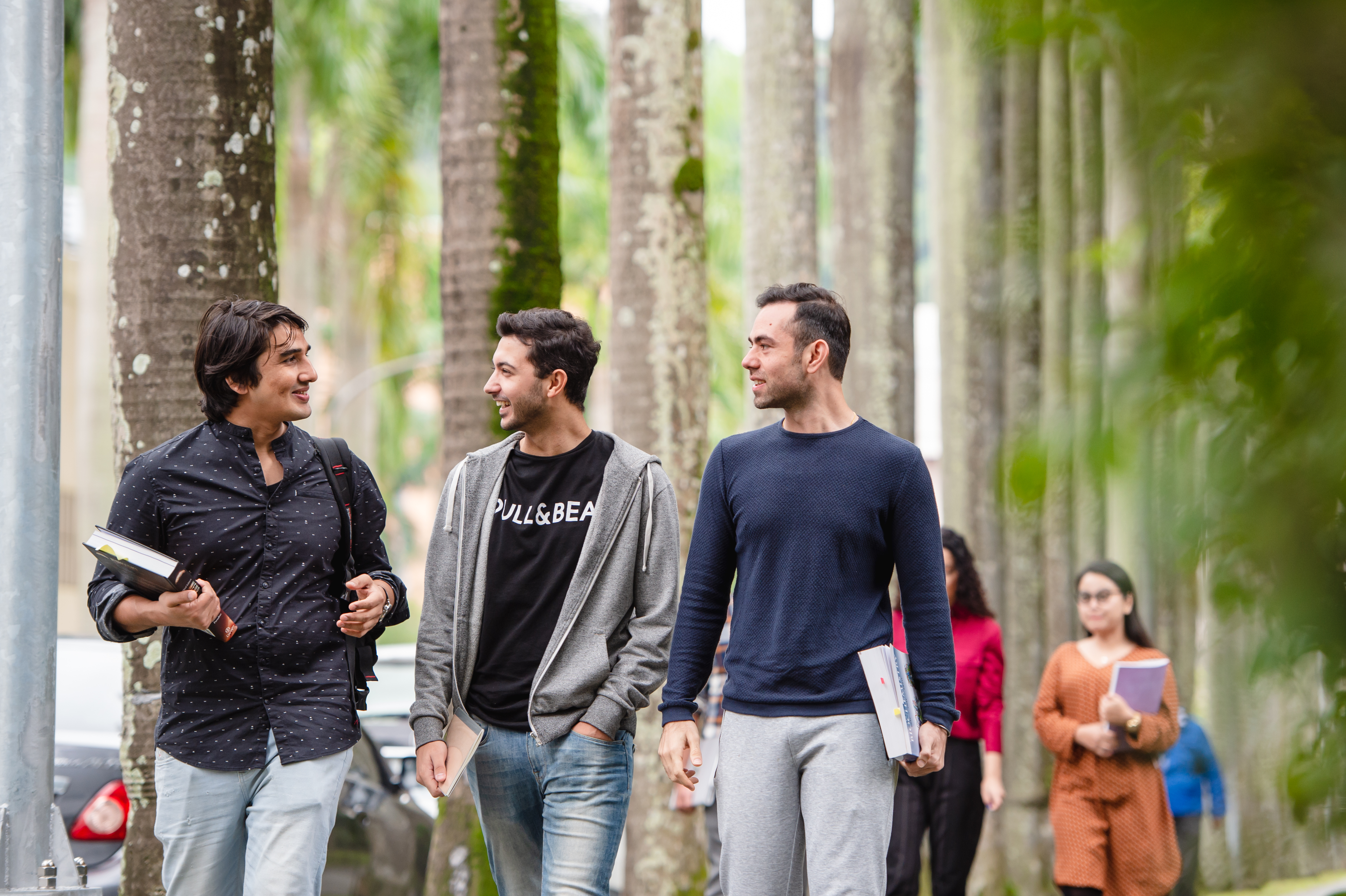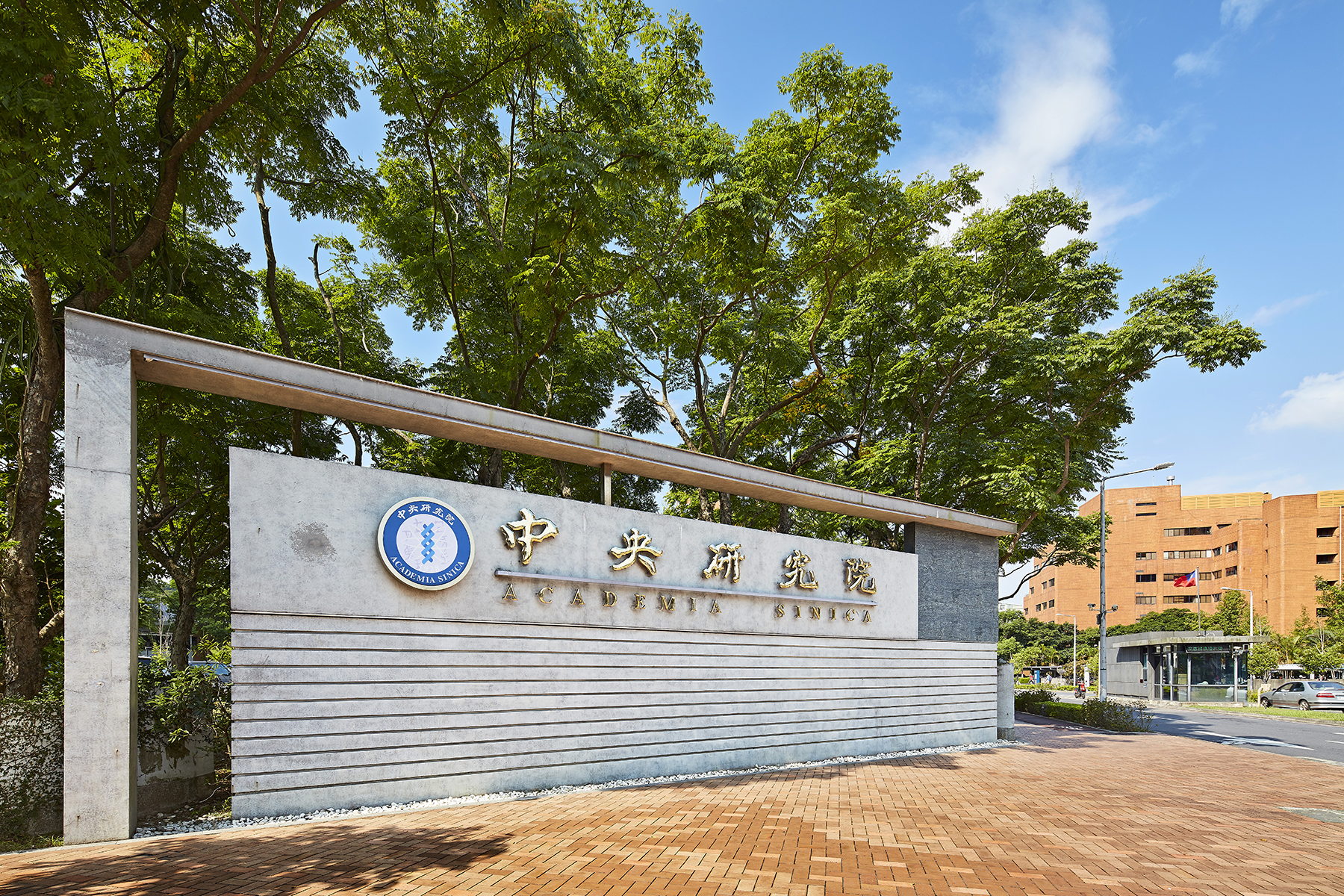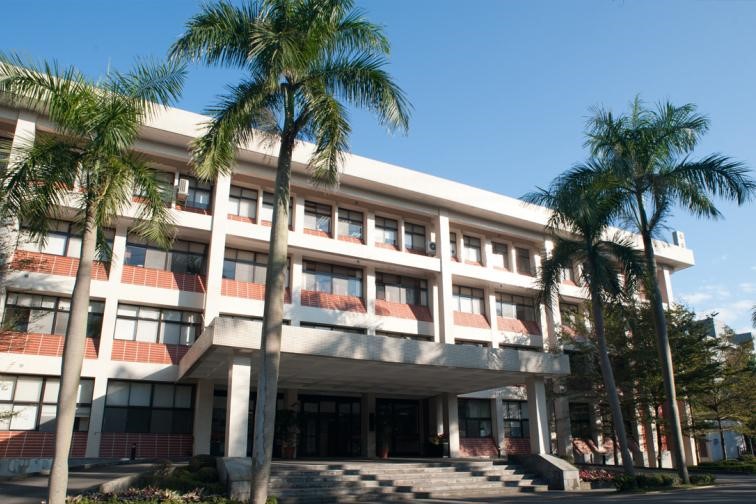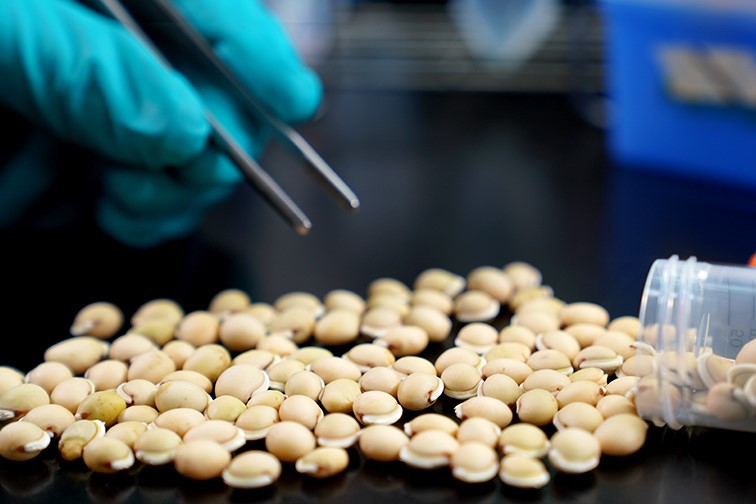Date: 2020-07-29
Led by Professor Alex Ma in Genomics Research Center of Academia Sinica, a group of investigators who have put in extensive effort in the study of infectious diseases, glycoproteins, and herbal medicines have collaborated and discovered that a protein derived from a herbal medicine can grab the carbohydrate on the surface of viruses to fight off not only most types of influenza viruses, but also the dreaded Covid-19 coronavirus. This study was recently published in the journal Cell Reports.
The key to this puzzle lies in a protein called FRIL, derived from lablab, an edible bean that is common in many parts of the world. Discovery of the anti-viral powers of this bean goes a long way back.
Dr. Jia-Tsrong Jan, a virologist delving into the collective wisdom accumulated by generations of ancient scholars, aims to find modern scientific solutions to infectious diseases. He screened more than 400 types of herbal medicines on the influenza virus, and found that the lablab bean extract stood out with an anti-influenza potency rivaling that of Tamiflu, a crucial drug used in the treatment of influenza infections clinically.
His study drew the attention of Dr. Alex Ma, and together they sifted through the various components of the lablab bean in details. Dr. Ma’s lab did purification work, and by trials and errors they narrowed down the source of lablab bean’s anti-viral effect to a protein named FRIL, which is categorized as a “lectin”, a type of protein that specifically bind to carbohydrates.
The structure of FRIL looks like a coastline tetrapod with four identical sides and tips. Studies show that it is the four tips that bind to carbohydrates, and because the four tips are pointed at different directions they can simultaneously grab and hold on to multiple carbohydrates from all around the protein, increasing FRIL’s potency.
There are two types of carbohydrates, also called “glycans”, that exist on the surface of the influenza virus. These are the “complex type” and “high-mannose type” glycans. Dr. Ma’s previous studies has identified that the most abundant glycan on influenza virus proteins are the complex type, which incidentally is the type FRIL likes to bind to.
To see FRIL in action, the investigators observed the infection of cultured cells with the influenza virus, with or without FRIL added to them. In cells that were not treated with FRIL, the influenza virus not only entered the cell, but smuggled their genome into the cell nucleus, where they can make more copies of themselves. However, when FRIL was added to the cell culture, the influenza virus was bound by this protein and became stuck in vesicles inside the cell, unable to get out.
Not only is FRIL effective in a petri dish, but it also works on mice too. When mice were given FRIL treatment twice daily by inhaling it through the nose, 70% of the mice survived a high dose of H1N1 infection while 0% of the control group survived past day 8.
From the 11 influenza virus types that FRIL was tested on, FRIL protected against more types than FI6, a broadly-protective universal influenza antibody currently reported to be potent in animal models.
In February 2020, as Covid-19 spread rapidly worldwide, researchers revealed that the virus causing Covid-19 is a coronavirus closely related to SARS, and named it SARS-CoV-2. For Dr. Ma and Dr. Jan, a light bulb went on in their heads. They knew both influenza and SARS viruses have an abundance of glycans on their surface, and they already have the perfect protein for stopping influenza virus in its tracks. These two intrepid investigators had to give SARS-CoV-2 a try. In April 2020, after obtaining the hCoV-19/Taiwan/4/2020 virus strain from Taiwan Centers for Disease Control, they were able to start their research.
Initial results were incredibly promising, as FRIL can block SARS-CoV-2 infection at very low concentrations, preventing the virus from reproducing and killing their host cells for up to 24 hours after infection.
It appears the viral protein that gives coronaviruses their crown-like appearance, and more importantly used by the virus for attaching and entering host cells, is called the spike protein. For COVID-19 coronavirus, this spike protein happens to be covered with complex type glycans just like the influenza virus. When Covid-19 meets FRIL, FRIL holds on to the coronavirus “crown” by binding to complex type glycans, interfering and preventing the virus from entering host cells.
-
Chang-Hung Chen, Public Affairs Section, Secretariat, Academia Sinica
(02) 2789-8059,changhung@as.edu.tw
-
Mr. Chung-Hui Chuang, Media Team, Secretariat, Central Administrative Office, Academia Sinica
(02) 2789-8820,chchuang@gate.sinica.edu.tw









 Home
Home


